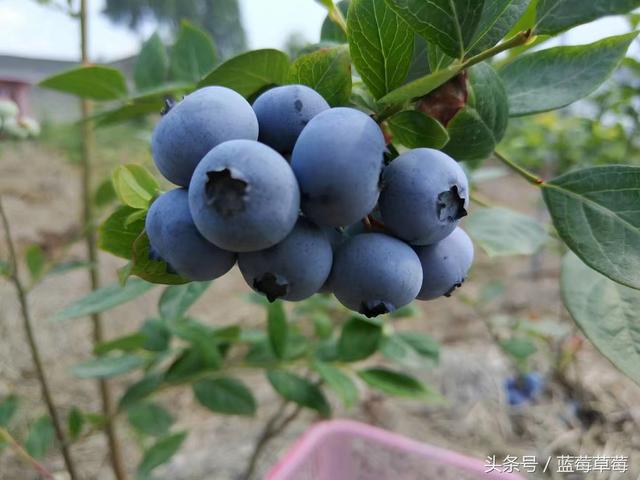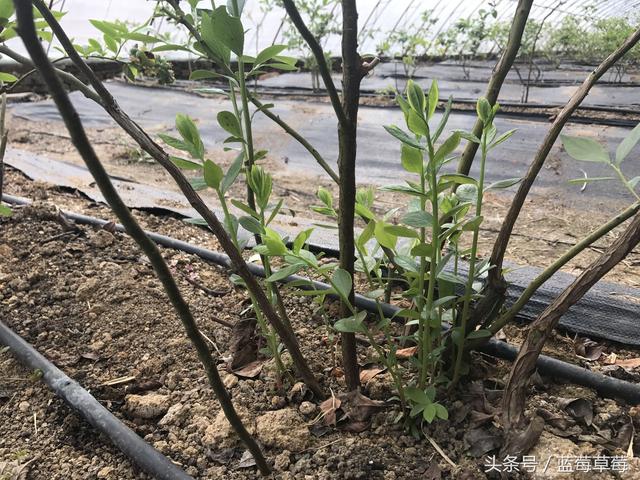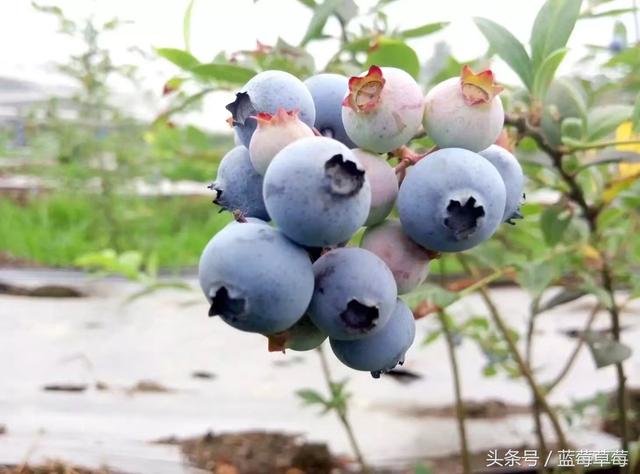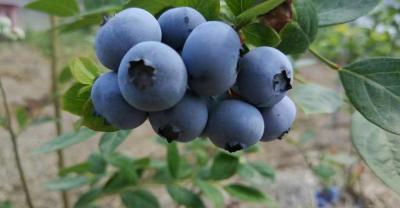Planting time and technical essentials of blueberry
Generally speaking, blueberries can be planted in two seasons a year, spring and autumn. It is more appropriate to plant before the temperature rises to 30 degrees in spring. It is more appropriate for planting when the temperature drops below 25 degrees in autumn. The main work after planting is watering, pruning, weeding and fertilizing.

The picture comes from moments: VCC-VCC
Spring planting is the same as autumn planting, when planting, the overlying soil is exactly flush with the original seedling soil surface, not too deep or too shallow. After planting, it is necessary to pour water immediately, and then straighten up the seedlings again. Subsequently, the seedlings planted in the spring need to be affectionately pruned, generally leaving a height of about 20 centimeters to cut off the old and weak branches. The seedlings planted in autumn only prune the diseased and dead branches first. To do a good job of weeding, we should pay attention to protect the blueberry roots during construction to prevent the hoe from getting too deep in the soil and damaging the roots. Generally speaking, plots with sufficient organic fertilizer before blueberry planting need not be in a hurry to apply fertilizer again, but will burn seedlings if more fertilizer is applied. In the future, when watering, the soil can be drilled into a ball, and it is appropriate for the soil to fall to a height of ten centimeters.

The picture comes from moments: VCC-VCC
Blueberry seedling management is mainly in these aspects of work, summer should pay attention to timely check soil moisture, to prevent water shortage. If the seedling grows slowly and the leaves turn yellow, it may be lack of trace elements, which should be judged and supplemented in time according to the specific situation. Foliar spraying trace element fertilizer can quickly supplement the required elements, and soil fertilization can maintain long-term fertility.

The picture comes from moments: VCC-VCC
Welcome fellow friends to leave messages for discussion, follow and exchange. If you have any other questions, you can leave a message below or send me a private message and discuss it together.
- Prev

Some planting techniques and methods of peacock grass
Malachite alias-small marigold, bayberry chrysanthemum, smelly chrysanthemum, red and yellow grass. Origin: originated in Mexico, Guatemala and other places. Come down and introduce it in detail.
- Next

Lao Li's "three-character Classic" teaches you how to plant pepper to increase production.
Li Maolin, 66, from Gutian Village, Youjun Town, has been growing pepper for only three years, but his pepper forest has reached a yield of 2000 jin per mu this year. According to the current rate of 7.2 yuan per jin.
Related
- Fuxing push coffee new agricultural production and marketing class: lack of small-scale processing plants
- Jujube rice field leisure farm deep ploughing Yilan for five years to create a space for organic food and play
- Nongyu Farm-A trial of organic papaya for brave women with advanced technology
- Four points for attention in the prevention and control of diseases and insect pests of edible fungi
- How to add nutrient solution to Edible Fungi
- Is there any good way to control edible fungus mites?
- Open Inoculation Technology of Edible Fungi
- Is there any clever way to use fertilizer for edible fungus in winter?
- What agents are used to kill the pathogens of edible fungi in the mushroom shed?
- Rapid drying of Edible Fungi

